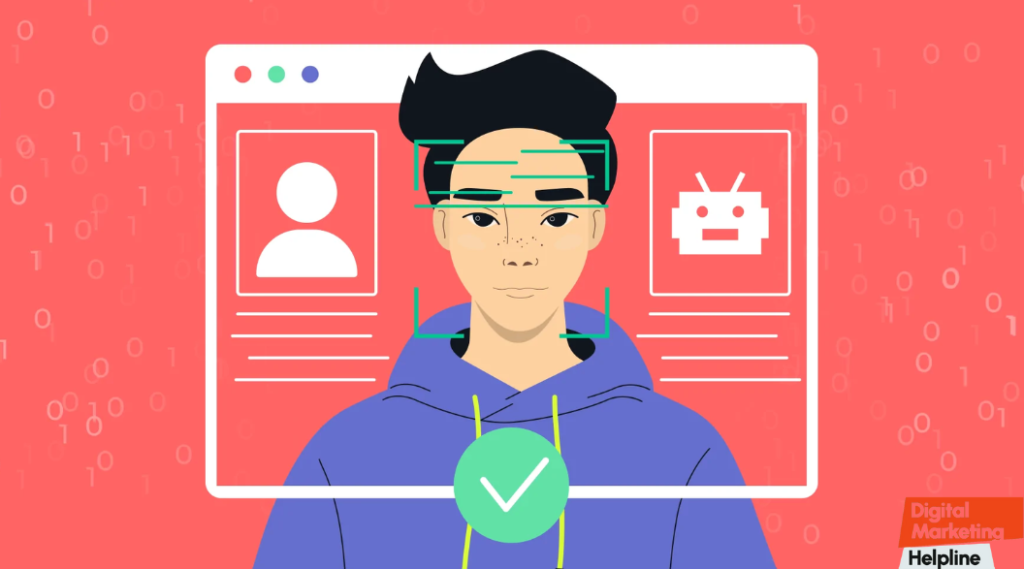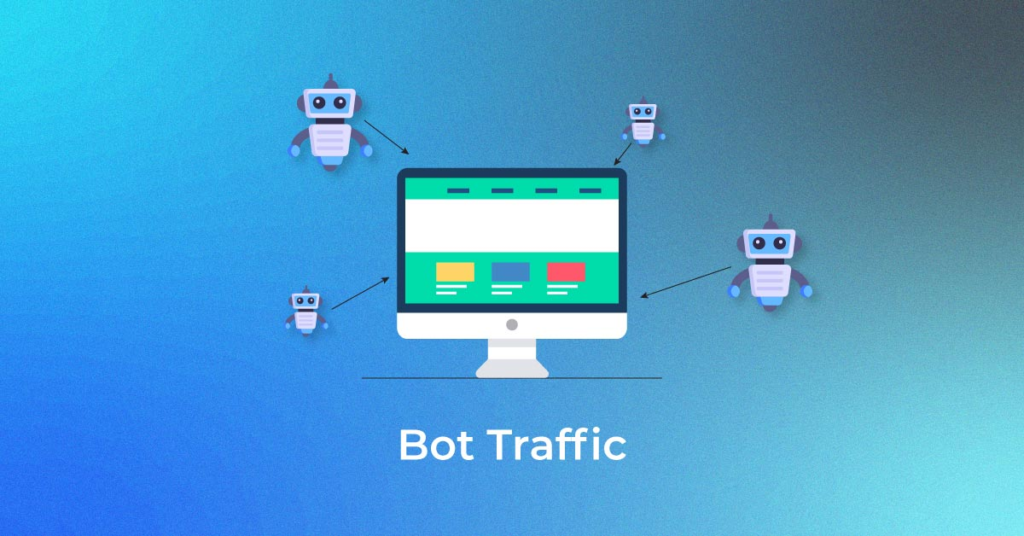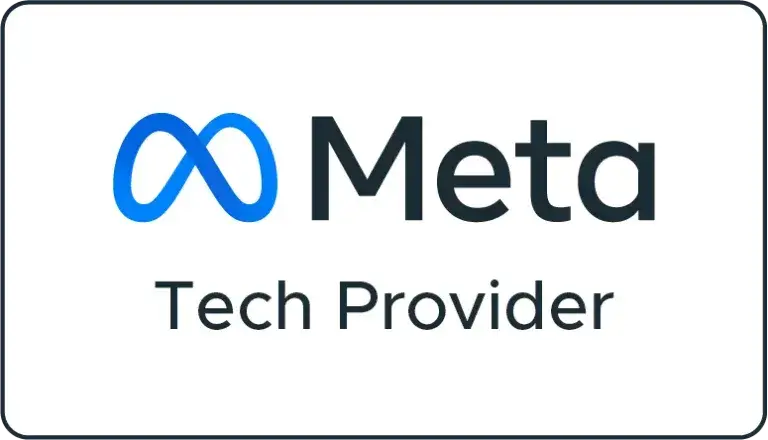
Digital marketing, like technology, is ever-evolving. The problems facing marketers also change, with emerging issues popping up every other minute. One of the newer ones is bot traffic, which is a technical back-end-sounding term but one that typically has critical implications for real audiences marketers are trying to reach. Bot traffic influences campaign performances, wastes budgets, and skews analytics, thus creating an obstacle to effective digital marketing strategies. In this article, we are going to discuss the impact of Bot Traffic on Digital Marketing and how marketers can counter such traffic to find real results with a positive ROI.
What is Bot Traffic?

This is malicious traffic that occurs on websites, apps, and other digital entities when generated by automated scripts or bots. Not all bots are malicious in nature; some, such as search engine crawlers, do very important crawling and indexing of content. However, most are maliciously designed, which implies the problem of harmful bot traffic that includes data-scraping bots, click fraud bots, and spam bots, among others impersonating real users for game analytics.
First, understanding the different types of bots attacking online campaigns is how marketers can have a better idea of the problem:
Click Fraud Bots: These bots will simulate fake clicks on ads coming from either a fake account or proxy network. They’ll drain ad budgets simulating click impressions but deliver zero real engagement.
Scraper bots: These scrape data from websites like product details and cost and use it on rival sites. They may distort analytics and slow down the site performance as well.
Bots Spam: These add spam comments in a post or fill up forms with false information that continues to pollute your lead databases and makes it really tough to follow up with the actual prospects.
Impersonation Bots: This type of bot pretends to be a real user and interacts with the content in seemingly legitimate ways that can make engagement metrics appear manipulated and warp performance indicators.
Bot Traffic Impact on Digital Marketing

Bot traffic impacts so many aspects of digital marketing: from budgeting to analytics, customer experience, and beyond. Here is how it undoes campaigns:
1. Wastage of ad spend
However, with the rising false engagements, click fraud bots lead companies astray and waste their advertisement budget. When the PPC campaigns involve money for every click, spending that money on something made by bots instead of human beings only encourages companies to waste their budget on people who show no conversion potential.
2. Skewed Analytics
The same money could be spent reaching authentic prospects rather than fraudsters.
Website metrics are inflated by bot traffic, which mutes the analysis with inaccuracy and deception. Even positive page views or click-through rates in traffic reports are extremely attractive to most, but when the activity is mainly by bots, the numbers are far from the actual engagement of the audience.
Marketers may thus base decisions on skewed data and launch ineffectual strategies, ending up losing revenue.
3. Harm to Brand Reputation
Spam bots publishing spam comments that are absolutely irrelevant or inappropriate can quite hamper the brand’s reputation. Some customers may view such comments appearing under blogs, social ads, or inside pages for product reviews and think of the brand in terms of shoddy content or a lack of security.
4. Low Conversion Rates
Bot traffic doesn’t follow the majority of paths usual for a human, and so accordingly, it results in decreased conversion rates on websites and on the overall platform. Because bots can never complete actions that bring meaning – such as buying or subscribing to a newsletter, it lowers the conversion rate, skewing the general picture of overall campaign success.
5. Slower Website Performance
Bots can also consume server resources, further slowing down your website and even leading to a brief outburst that might cause your website to crash. That means a bad user experience for legitimate visitors, the possibility of driving them away, and reduced organic engagement. Slow website performance also impacts your search engine optimization, which will further affect traffic.
Identifying Bot Traffic: Look for These Indicators
While not all of it is immediately apparent, there are some signals digital marketers can look for that might indicate the presence of bots.
Very High Bounce Rates. Bot traffic typically bounces in under a second for any campaign or page. A high bounce rate can be a sign of bot traffic.
Unusual Sources of Traffic: Most bots result from odd IP addresses or regions where your target audience does not reside. An unusual source of traffic is the best indicator of bot activities if spotted.
Low Conversion Rates with High CTR: Where in ad campaigns, high click-through rates show up with low conversion or engagement rates. The probable reason lies with bots where actual users surf, engage, and even convert sometimes, while bots don’t engage meaningfully.
Spikes in Traffic: The same bot attacks flood many websites. Peaks in traffic that don’t make sense at random might alert you to some bot attack, especially when these don’t correlate with marketing campaigns.
Combating Bot Traffic in Digital Marketing

Bot traffic may be problematic, but there are measures marketers can take to counter and reduce it:
1. Use Bot Detection Tools
Other analytics platforms and ad networks now include bot detection capabilities that can detect and block bot activity. For example, Google Analytics provides the choice of bot filtering, while other specialized services such as Cloudflare or Botify track suspicious patterns in traffic and automatically block bot traffic.
2. CAPTCHA and Verification Methods
Adding CAPTCHAs and other human verification actions in websites deters bots from filling out forms, commenting, and clicking through advertisements. From being irritating to humans but stopping bots, CAPTCHA technology has evolved into something that is friendly to humans but still obstructs bots from getting through.
3. Analyze and Fine-Tune Campaign Data Periodically
Constant checks and analytics of ad campaigns are very important. Periodic checks of metrics for anomaly and elimination of suspicious traffic sources lead to efficient use of the ad spend. Identify patterns in click behavior, IP addresses, and source of traffic in order to differentiate between spurious traffic and bot activities.
4. Install IP Exclusions
If you identify that bot traffic is coming from specific IP addresses, you may wish to exclude those from your campaigns. Many platforms will allow for IP exclusions. Consider how you can work to block known sources of bot activity and target the right audience more effectively.
5. Advertise with Networks for Fraud Protection.
The advertisement networks may communicate with the advertisers to add other forms of fraud prevention measures. Fraud detection measures already exist on Google Ads and Facebook; however, being aware of the specifics of certain campaigns may prevent bot intrusion through collaboration at this level.
AI in Detection of Bot Traffic

Detecting and blocking bots are becoming increasingly used with artificial intelligence. What the machine-learning algorithms do is analyze some huge data sets in real-time for suspicious patterns, such as irregular clicks and abnormal browsing behaviors. That way, using AI, marketers can take a proactive approach to detecting bots and then adjusting the campaigns to avoid wasting advertising spend on worthless click activity.
The Future: A Human-Centric Marketing Approach
And it will most likely evolve to the point that the bot technology as well as anti-fraud measures, continue developing. However, in a human-centered approach, marketers can create strategies focused on reaching and engaging real audiences, fighting bot traffic not only through the quality of content produced but also through proper targeting of the audience and improvement of user experience in all touchpoints.
Bot traffic is one of the most difficult challenges that digital marketers face: It is complex and ongoing. However, it does not have to prevent success if the digital marketer understands what types of bots exist, what impacts can be made upon campaigns, and if they have bot management tools and techniques in place. It involves monitoring traffic, using AI-based detection, and refining campaigns based on accurate data that can make a more effective strategy for marketers. As marketers become accustomed to navigating through this bot-influenced digital landscape, it can help marketers protect ad budgets, ensure data accuracy, and ultimately get better value from their efforts.
FAQs
1. What exactly is bot traffic, and how does it affect my digital marketing campaigns?
Bot traffic consists of automated visits to your site by scripts or programs rather than real users. It can distort your campaign metrics, inflate traffic numbers, waste ad spend, and ultimately make it difficult to assess the genuine performance of your digital marketing efforts.
2. How can I identify bot traffic in my website analytics?
Look for signs such as unusually high bounce rates, abnormal traffic sources (like unexpected regions), sudden traffic spikes, and low engagement or conversion rates from certain segments. These are indicators that bot traffic may be present.
3. Why does bot traffic lead to wasted ad spend, and how can I avoid this?
Bots, especially click fraud bots, click on ads with no intention of engaging, which charges you for meaningless interactions. You can combat this by using tools like CAPTCHAs, IP exclusions, and fraud detection features in ad platforms to block or filter out bot sources.
4. What tools can help reduce or manage bot traffic?
Some tools like Google Analytics, Cloudflare, Botify, and CAPTCHA systems can help detect, filter, and reduce bot traffic. AI-driven solutions also help by analyzing click behavior and identifying suspicious activity in real time.
5. Can AI really help in fighting bot traffic effectively?
Yes, AI and machine learning algorithms can analyze patterns in traffic data to distinguish human-like behavior from bots. These tools are becoming increasingly sophisticated and can significantly improve detection and help prevent bot-driven fraud, saving ad spend and preserving data accuracy.













